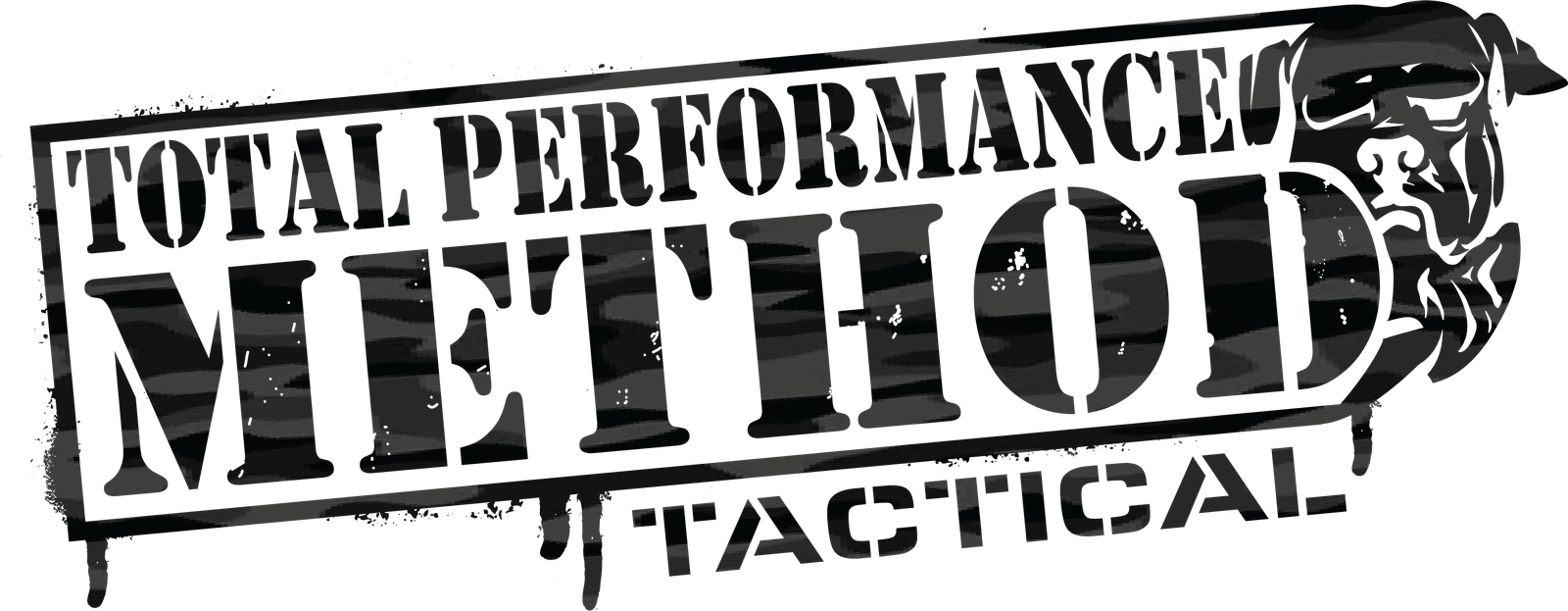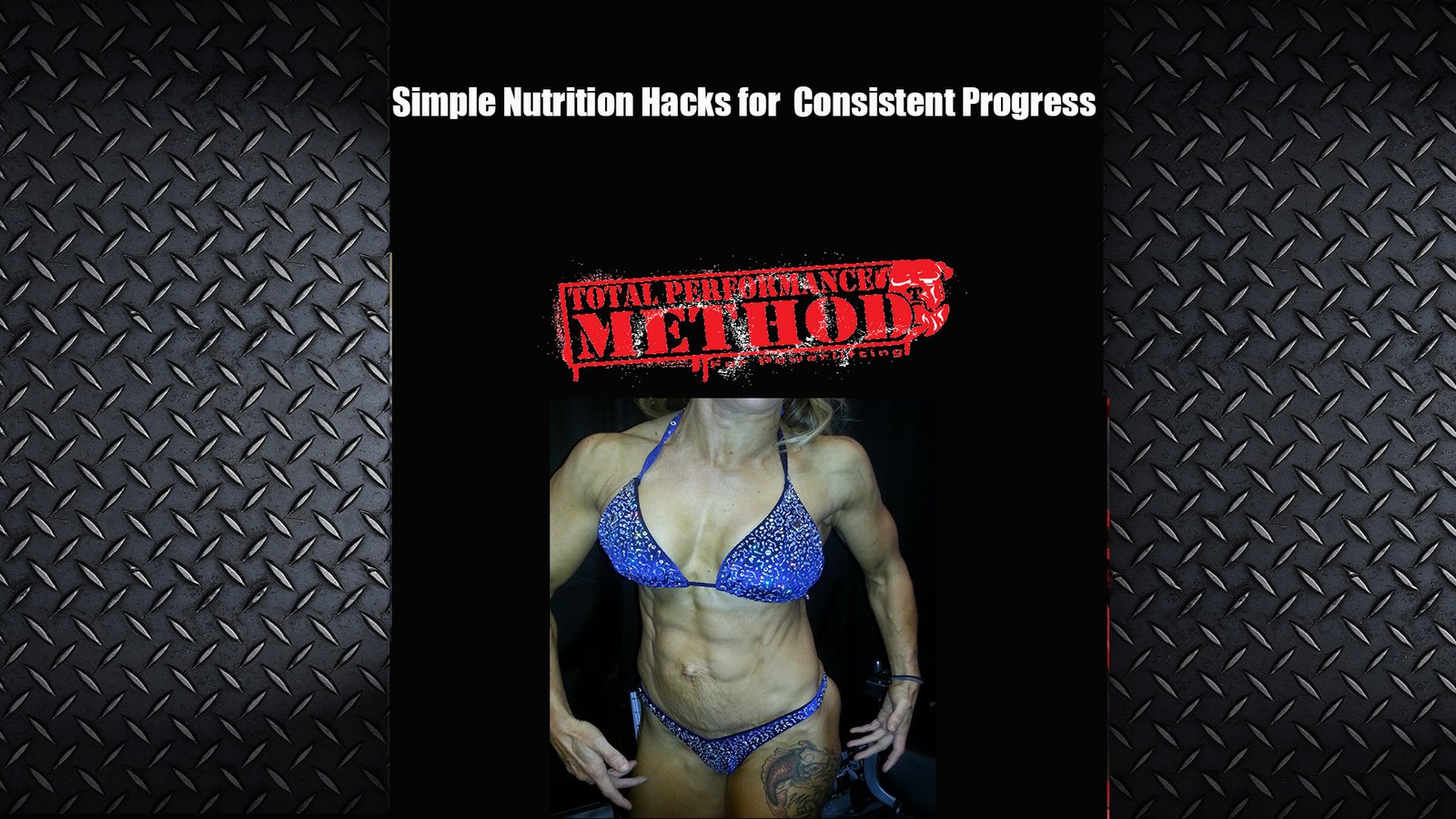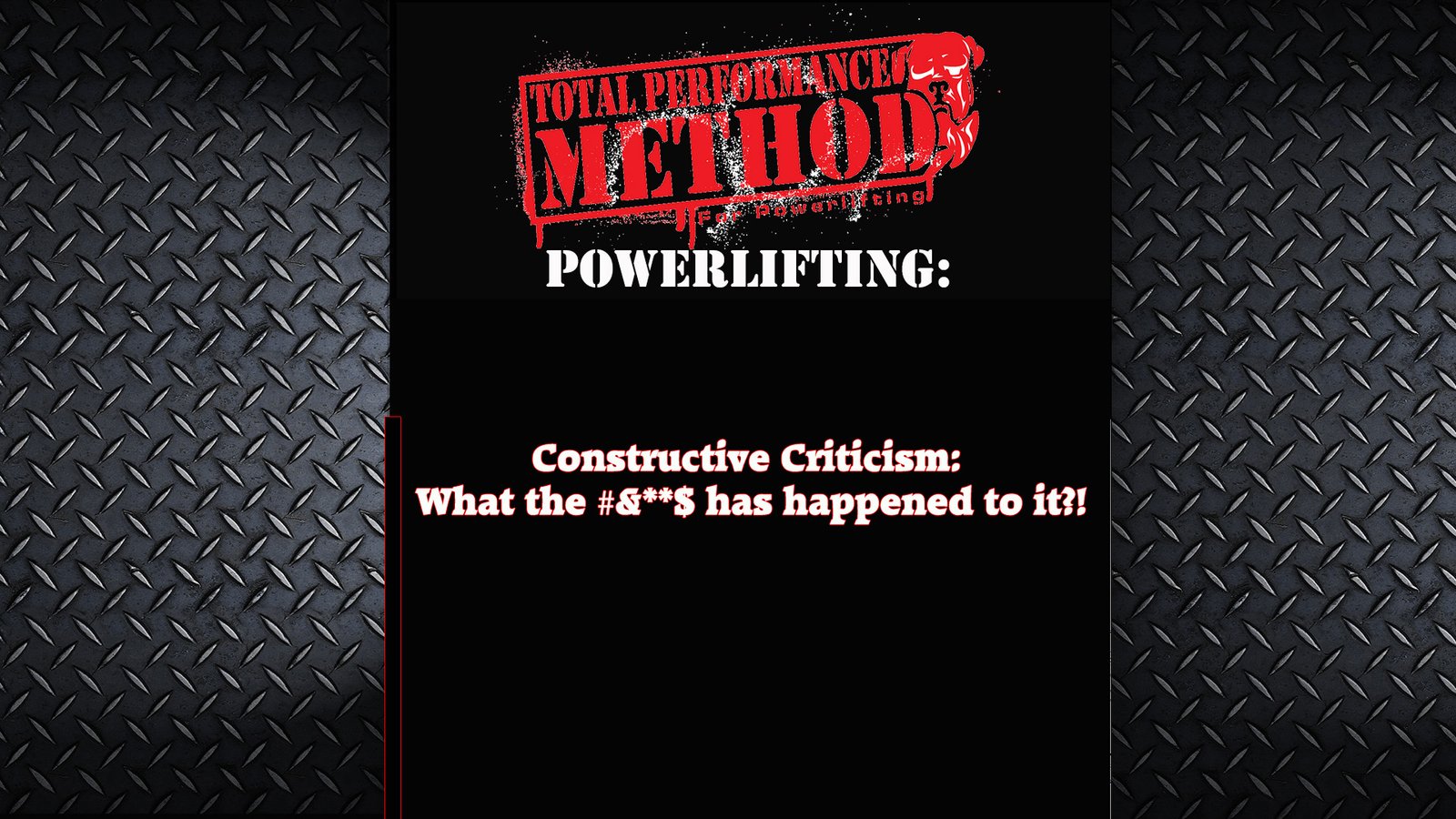Neck No More: 8 Weeks To A Massive Upper Back
(Note: I will post up Phase 2, weeks 5-8 next month. Let’s not get ahead of ourselves!)
Nothing commands respect like a massive upper back. Let’s face it plenty of guys have abs, but when the shirt goes on they might as well be indy rock singers. Only the dedicated few have physiques that scream STRONG, even when covered by threads.
A well developed upper back is common place amongst physique, strength and contact athletes. However, the majority of us are not these people. This doesn’t mean we can’t combine methods used by these folks to achieve impressive back development, get strong and stay healthy to boot.
The eight week program below is designed to help you with impressive muscle and strength gains, with an emphasis on laying some brick below that dome of yours. Additionally, you will find an approachable three day split offering a well rounded approach that fits in your schedule; because let’s face it you want to spend time doing more than posing, practices and sparring.
Below is a 3 – Day Split following a Lower / Upper / Full Body scheme. For each exercise there is a short description of how to appropriately choose your weights, and why the exercise has been selected.

Arnold, the Austrain Oak
Phase 1
Day: 1 / 4 / 7 / 10
1. Deadlift 4 x 3 / 3 x 3 / 3 x 1 / 2 x 3
Ask anyone whose lacking a neck how to ditch yours and they will tell you to start with deadlifts.
How should I choose the weights?
As an example: if you think you can lift 315lbs for three repetitions, all 4 sets in week one should be performed at this weight, with a 5% window up and down (300-330lbs). The same applies to week two. In week three you will work up to three heavy singles. As a rule of thumb take your best set of three from week one or two and divide that number by .925. This should give you an idea of where you should get close to for week 3. In week four, you will “back off” by decreasing total volume (how much you do) but not intensity (how much weight you lift). Therefore, your two working sets should still be in the same window as they were week one and two. Try not to miss any lifts, but if you feel good don’t let the numbers established in week one keep you from adding to the bar in week two or four.
2. Reverse Lunges (Front Squat Grip) 4 x 6 / 5 x 6 / 4 x 8 / 5 x 8
Reverse lunges are a great movement to build powerful legs. By using the front squat grip we are placing a much greater demand on the abdominals and upper back in order to keep an upright posture of the torso.
How should I choose the weights?
The set / rep scheme is a very basic addition of volume throughout the 4 week block. As with the deadlift the four sets in week one are “working sets.” Each set should be performed within that 5% window of what you are maximally capable of for 6 reps. Also, the weight established in week one and two at six repetitions, should be maintained into week three and four when the rep prescription intensifies to eight.
2b. Half Kneeling Face Pull 4 x 10 / 5 x 10 / 4 x 12 / 5 x 12
Generally you wouldn’t couple two exercises that compete against each other; it takes away from your capability to move as much weight as possible in either lift. In this case the face pull works the upper back and so does the front squat grip on the reverse lunges. However, they are purposely coupled to increase the demands on the upper back musculature as the focus of this program is on growing the upper back, not on improving your strength in the lunge.
How should I choose the weights?
In the same style as the lunge, use the weight established in weeks one and two into weeks three and four as the reps increase.
3. Supine Hip Extension Leg Curl (SHELC) 4 x 10 / 5 x 10/ 4 x 12/ 5 x 12
Note: Sub Glute Ham Raise (low foot setting) If available @ 4 x 8 / 5 x 8 / 4 x 10 / 5 x 10
SHELC’s and GHR’s are impressive posterior chain accessory exercises.
How should I choose the weights?
You can’t load the SHELC’s and you don’t need to load the GHR. I am less concerned with additional load in these two movements as much as I am concerned that you are doing them. If your gym doesn’t have a Glute Ham Raise bench I would highly recommend you seek out a facility that does (TPS has 3).
3b. Barbell Rollouts 4 x 8 / 5 x 8 / 4 x 10 / 5 x 10
The rollout is an anti-extension exercise that increases spinal / torso stability. It has shown the most musculature activation of any ground based movement in the anterior abdominals, and is far superior to the time you are wasting doing 14 million crunches. Train the mid section for stability and you will build a “core” capable of moving some serious weight.
How should I choose the weight?
This is another movement that I am less concerned with you loading, and more concerned with you doing. Feel free to use an ab wheel, val slides or slide board to get these done.
4. Heavy KB / DB Swing 10 on the Minute For: 10m / 12m / 14m / 16m
This is pretty straight forward. Do ten swings every minute on the minute for the time allotted. It’s a great finisher to keep the gut in check and adds additional time under tension to the upper back. (2m additions each week is aggressive, if your preparedness is low, add 1m per week)
Day: 2 / 5 / 8 / 11
1. Weighted Neutral Grip Pull Ups 4 x 4 / 3 x 4 / 5 x 4 / 2 x 4
Weighted pull ups should be a staple in anyone’s program who wants to build a head turning back, even if it’s at the expense of being able to turn your own.
How Should I choose the weights?
Build up to your working sets and do your best to maintain that weight for each set. In week two and four, where you are only performing three and two sets respectively, feel free to add an additional few pounds to the belt. If you are unable to perform four pull ups at your body weight approach this exercise from a total reps stand point (16/12/20/8). Get as many reps as possible each set until you have done the total reps prescribed.
2. Slight Incline DB Press 4 x 6 / 5 x 6 / 4 x 8 / 5 x 8
This straight forward; all sets are working sets and can be worked up to if needed. The weight you can move for six should be the same weight you use for eight in weeks three and four. 2b. 3 – Point DB Row 4 x 6, 1 x As Many Reps as Possible / 5 x 6 / 4 x 8, 1 x As Many Reps as Possible / 5 x 8
Heavy single arm DB rows are a phenomenal back builder. These are performed in the same fashion as the DB press; work up to your working sets if needed. Maintain your six rep weight into weeks three and four. Go heavy with these and allow for a small amount of body English.
3. Dips 4 x 8 / 5 x 8 / 4 x 10 / 5 x 10
I love dips. They get a bad rap, with accusations that they destroy shoulders. As with any exercise, if you do them incorrectly they can lead to injury. Perform them right, and load them as necessary with a weight belt or chains. If you cannot perform 8 bodyweight dips approach this in the same fashion as the pull-ups with the goal being a total amount of reps (36/40/40/50).
3b. Prone “Y” Raises (Thumbs Up) 4 x 8 / 5 x 8 / 4 x 10 / 5 x 10
Prone raises help activate the lower traps leading to a thick back, and healthy shoulders. Make sure you use a weight that is challenging but not too heavy to feel the lower traps initiating the lift.
4. Farmer’s Walk 30 yds x: 5 trips / 6 trips / 7 trips / 8 trips
What’s a program without loaded carries, especially when we are working to build that yoke? Make sure you go heavy enough to make these challenging. Your grip should be the limiting factor here, if it’s not on the verge of failing come the last trip you need to step it up.
Day: 3 / 6 / 9 / 12
1. Squat 4 x 3 / 3 x 3 / 5 x 3 / 2 x 3
You didn’t think I’d forget to have you squat did you? Not only does putting heavy weight on the back help facilitate a neck shortage but squatting may be the ultimate overall mass builder.
How do I choose the weights?
I’m more concerned with you actually squatting than adding plates to bar. Therefore, the set / rep scheme is a basic management of volume. As with the deadlift work to a near three repetition maximum but don’t miss any lifts. All of your working sets should be performed within that 5% window, and weights should be maintained each week, only the total sets will vary. You don’t need to marry your weight established in week 1, so feel free to move up just so long as you are able to get all your working sets within that 5% window.
2. Overhead Press 4 x 3 / 3 x 3 / 5 x 3 / 2 x 3
The overhead press is my choice for the supreme upper body push. It builds incredible strength and adds mass to all the right places. Everyone likes to bench, but an eight week hiatus from the most popular spot in all of fitness will serve you well. Trust me, if you can press your body weight overhead you will be able to put up respectable numbers on the bench next time you’re asked “whaddya bench.”
How do I choose my weights?
Run this just like the squat. If you’re not used to overhead pressing you will probably make some pretty linear progress with your strength, so feel free to add to the bar as the weeks progress. Again, don’t miss lifts and keep all your working sets in the 5% window.
3. DB Romanian Deadlift 4 x 6 / 5 x 6 / 4 x 8 / 5 x 8
Perform these with heavy dumbbells. Straps are acceptable, as your grip will be a limiting factor. Maintain solid form and keep those shoulders locked back and down. Run the numbers just like the accessory movements in day 1 and 2, making sure to carry your six repetition weight into the 8 repetition weeks.
3b. Kneeling Belly Press w/ 10s Iso Hold 3 x 3 / 4 x 3 / 3 x 4 / 4 x 4
This has also been called a Pallof Press in many circles. I want you to start on two knees and focus on squeezing the glutes and keeping the rib cage down. This is an anti-rotational exercise, and is another good choice for torso stability. Each repetition is held for a ten-one thousand count. If you are unable to keep the hips locked forward, or the rib cage down decrease the weight.
4. Inverted Rows 4 x 8 / 5 x 8 / 4 x 10 / 5 x 10
Inverted rows are nice way to add volume to the upper back using a close chained movement in the horizontal plane. Meanwhile it also indirectly trains torso stability. You can use straps, a TRX, rings or a barbell. If you have them, some form of straps is preferred to the barbell. Instead of loading these progress the lift by elevating the feet and / or adding slight holds to the top portion of the lift.
4b. 45 Deg Back Raises 4 x 10 / 5 x 10 / 4 x 12 / 5 x 12
Use this to drill the hip hinge pattern similar to a deadlift. Make sure you feel the hamstring and glutes bringing the hips into extension. At the top of the movement the rib cage should be down with the abs braced and the glutes engaged. Be careful not to over arch the low back, avoiding lumbar hyper extension at the top. You can load this with a resistance band preferably, or by holding weight across the chest.
5. FREE TIME 15m (Think Beach Muscles)
Get swole. I don’t care how, so much so I didn’t even write it out.







Leave A Comment